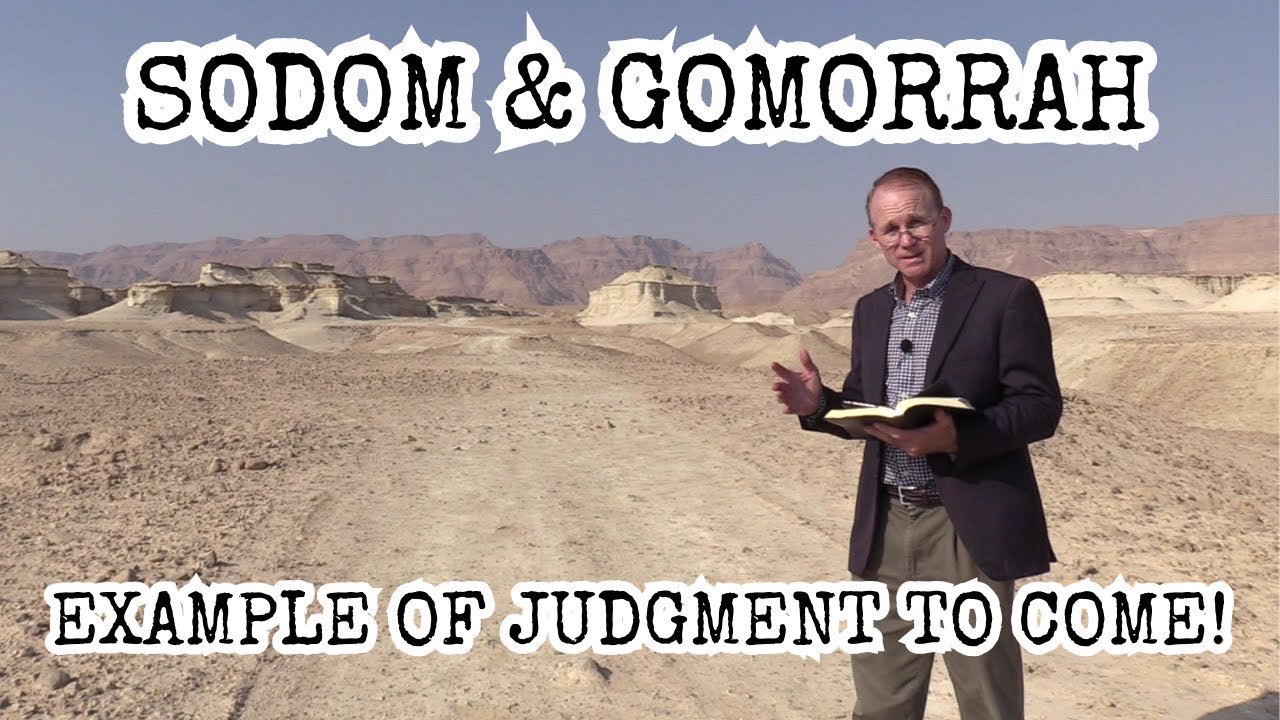The narrative of Sodom and Gomorrah has persisted throughout millennia, occupying a significant place within religious texts and collective cultural memory. For centuries, these twin cities have been shrouded in myth and moral caution, their tales primarily communicated through the prism of theological discourse. Nevertheless, the advent of archaeological endeavors in the region purportedly affiliated with these biblical cities has engendered a milieu wherein empirical evidence coalesces with longstanding traditions. This intersection invites an exploration through the lens of cultural relativism, encouraging an evolution in how these ancient loci are perceived within contemporary scholarship.
To embark on this examination, it is crucial to comprehend the foundational narrative of Sodom and Gomorrah. Situated in the fertile Crescent, these cities are often depicted in religious texts as bastions of moral decay, undone by their inhabitants’ abhorrent practices. However, this portrayal invites scrutiny when juxtaposed against emerging archaeological findings. The remains of settlements in the southern Jordan Valley reveal data that may correlate with the biblical account, including evidence of sudden destruction via conflagration, thereby positing a tangible context for these storied locations.
From a cultural relativism perspective, it is pertinent to recognize that narratives about morality and vice are often culturally constructed. The catastrophic fate of Sodom and Gomorrah, as rendered by religious texts, reflects particular societal values of the ancient Hebrews. To those authors, the cities epitomized the antithesis of divine law. Within this framework, archaeological discoveries that indicate violent urban demise must be contextualized within a broader understanding of human societies—each with its moral codes and sociopolitical structures. The archaeological record challenges ingrained dualisms of good and evil, compelling scholars to consider a multitude of perspectives and the nuances therein.
Moreover, cultural relativism elucidates the prevailing tendency to impose contemporary ethical standards on ancient civilizations. This inclination can engender a one-dimensional interpretation of archaeological findings—seeing Sodom and Gomorrah solely as cautionary allegories. However, through a more nuanced lens, such findings might elucidate the universal characteristics of human civilization, including conflict, catastrophe, and resilience. The evidence of destruction, characterized by ash layers and signs of sudden abandonment, underscores a shared human experience. Cultures across the globe have faced calamities, each responding to their tragedies in multifaceted ways.
A pivotal aspect of archaeology is the interpretation of material remains. Scholars must grapple with the task of constructing narratives from limited evidence, which necessitates a delicate balance between empirical rigor and interpretative creativity. Recent excavations in the vicinity of the presumed Sodom and Gomorrah are potent reminders of this methodological challenge. Discoveries suggest that an intense seismic event may have resulted in widespread devastation in the region. In this context, the interpretation of this evidence as a historical counterpart to the biblical narrative becomes increasingly complex, overshadowed by the layers of meaning that different cultures ascribe to narratives of destruction.
Cultural relativism is instrumental in promoting an inclusive dialogue about how we engage with the archaeological remnants of civilizations. For example, various interpretations exist about the social structures and power dynamics of the populations living in the putative sites of Sodom and Gomorrah. Archaeological contexts may yield insights into ritual practices, social hierarchies, and interactions with neighboring communities. Acknowledging these dimensions allows for a more comprehensive understanding of past human behavior that exceeds simplistic binaries of depravity versus piety.
Additionally, as archaeological findings challenge traditional narratives, they foster curiosity about the past. This phenomenon enables a re-examination of historical sources in ways that lessen sectarian divisions. The story of Sodom and Gomorrah, engrossing as it may be, stands as an emblem of how collective memories are crafted and reshaped over time. Archaeology, with its critical inquiry and empirical methodologies, serves as a counterbalance to dogmatic interpretations—a rich repository of human experience that invites ongoing dialogue.
The implications of recognizing archaeological evidence through the lens of cultural relativism extend beyond mere academic discourse. They challenge us to question the manner in which we allocate value to historical narratives and the people they represent. Understanding the legacies of Sodom and Gomorrah in light of archaeological discoveries instigates discomfort—this is not merely a story of destruction, but a window into socio-cultural resilience and adaptation in the face of adversity. It allows for reevaluated connections between myth and material reality.
In conclusion, the recent archaeological investigations into the locales associated with Sodom and Gomorrah are more than just a scholarly venture; they represent a broader project of understanding human civilization through its complex, often contradictory narratives. Through the lens of cultural relativism, these findings encourage a paradigm shift—inviting curiosity and a holistic understanding of ancient peoples while simultaneously disrupting monolithic portrayals of morality. The significance of such discussions cannot be underestimated. They remind us that every archaeological artifact is a testament to the multifaceted tapestry of human existence, raising profound questions about ethics, history, and collective identity.
